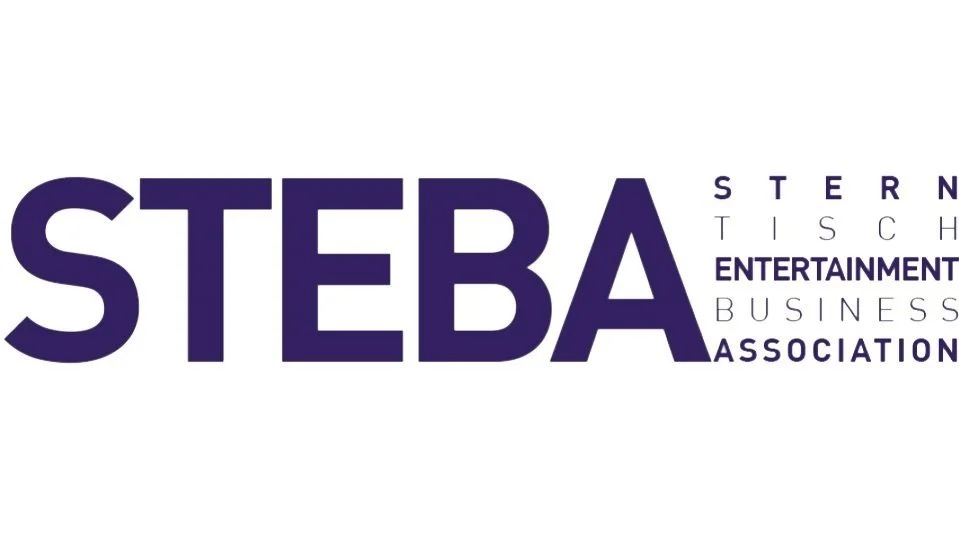By Harper Stein & the STEBA Executive Board
After adding an ad tier in late 2022, Netflix executives have long signaled their intentions to cut down on password sharing amongst households. These plans were briefly laid out in the company’s website FAQs last week. Apparently— and despite the immediate blowback, I am still expecting Netflix to implement similar policies— each user will be required to log into Netflix on their “primary location WiFi” at least once in every 31-day period, or face added fees for “subaccounts.” TLDR; if you watch Netflix on anything other than a TV, you’ll need to watch at the homebase of whoever pays for the account at least once a month. This policy is currently beta testing in 7 markets, including Canada and Spain.
This move, while particularly offensive to college students like us, is unsurprising for those who’ve been paying attention to Netflix in the past few years. For a long time, the film and TV streaming landscape consisted of Netflix and Hulu: Netflix for old movies, shows no longer airing, and some high-quality originals; and Hulu for currently airing network and cable shows. But the groundbreaking and enviable success of Netflix’s online content streaming model meant execs at the industry giants— Disney, NBCUniversal, Paramount (then ViacomCBS), Warner Bros. Discovery (then WarnerMedia)— were scrambling to create their own competitors towards the end of the last decade. These services launched in 2019-2020, and their parent companies resultantly stopped licensing their content to Netflix and competitor streamers. Cost for programming skyrocketed— if Netflix wants content on its service, it primarily has to purchase it outright (what we know as “Netflix originals”).
At the same time, Netflix has essentially saturated the domestic (United States) market. 2022 was up-and-down when it came to subscriber growth and loss, but it is clear any subscriber growth left will not be enough to meaningfully increase revenue. (One point in the Netflix column that other competitors (save Disney+) lack is a strong international presence, but this growth market will come with the costs of localizing content for new audiences). So, no new subscribers… and content is very expensive to buy, libraries expensive to maintain… forcing new subscriptions through limiting password sharing is one way to lessen this revenue gap.
Spotify, the music streamer so many of us can’t live without, faces a related problem: its business model doesn’t make money. 70% of its earnings go straight into the pockets of music rights holders, a group dominated by the “Big 3” record labels: Universal Music Group, Sony Music, and Warner Music Group. (Tip: Though you might assume these companies are owned by their namesake entertainment conglomerates, that is only true for Sony. UMG and WMG are currently independent companies and are unaffected by the business of NBCUniversal and Warner Bros. Discovery.) This problem is not new, and solving it was key to Spotify’s thesis. The company hoped its streaming platform would render record labels useless, in a new era where musicians, famous or unknown, could self-promote via social media and distribute their music on Spotify, no intermediaries needed. After the company went public in 2018, Spotify released a feature that allowed artists to upload directly to the app. That was 5 years ago, and here we are, record labels relevant as ever.
In 2019, the feature was shut down, and Spotify targeted podcasting as its key to finally turning a profit. Execs hoped a focus on podcasts would increase profit in two ways: 1) ad insertion (though Spotify has long maintained a free-with-ads subscription tier, the majority of users pay for a premium subscription, limiting potential ad revenue on the music-dominated service— but even paying users are used to hearing ads in podcasts); and 2) reducing “music’s share of overall listening,” allowing the company to negotiate a more favorable agreement with the record labels. A variety of impressive deals were made— with the Obamas, Joe Rogan, Gimlet Media— and hundreds of millions of dollars spent in service of building Spotify’s exclusive podcast library. The strategy has yet to pan out, and the company has made several key staffing changes, signaling the big spender strategy is at its end.
Lesson: Streaming has allowed audiences to access almost any content they want at a relatively low price. But that’s not a particularly profitable model, especially when facing tight competition and domestic market saturation. So, how much can streamers raise prices? How much more advertising can they sell? Users won’t be happy. If you need me, I’ll be binge-watching Peaky Blinders before I lose access to my parents’ Netflix.
If you’re interested in learning more about the business of streaming services, in particular Netflix and/or Spotify, here are additional resources to check out:
Reality Check for Spotify and the Podcast Boom (FT)
Universal Music Chief Lucian Grainge Slams Streaming Economy (Variety)
The Town (Podcast): Netflix Is Back, Baby!; Disney+ and the Streaming Price Hike
Buffering, free newsletter on the streaming industry
